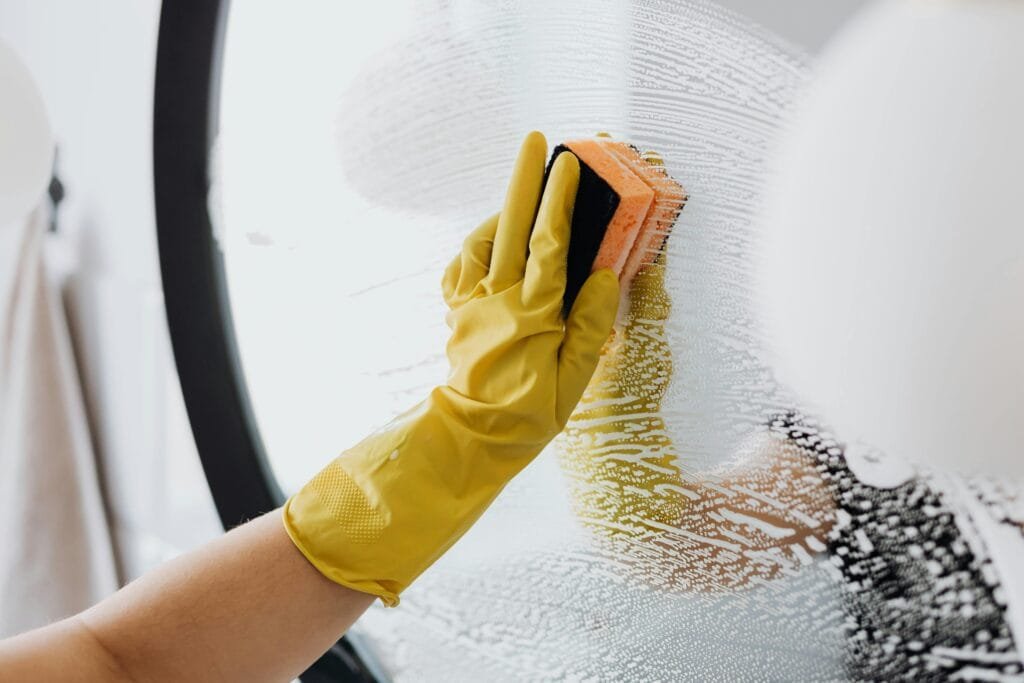Moving out of a rental property comes with a long list of responsibilities, and one of the most important is ensuring the place is thoroughly cleaned. This process, known as bond cleaning, is essential for tenants who want to recover their security deposit in full. Whether you’re a renter or a property owner preparing for new tenants, understanding what bond cleaning involves, why it matters, and how to approach it can save you time, stress, and money. If you’re searching for professional help, companies that specialize in bond cleaning rockhampton services are great examples of how to ensure a property meets high inspection standards.

What Is Bond Cleaning and Why Does It Matter
Bond cleaning—also called end-of-lease or exit cleaning—is a detailed, top-to-bottom clean designed to return a rental property to the same condition it was in at the start of the lease, allowing for fair wear and tear. Real estate agents and landlords assess the cleanliness of a property using the original entry condition report, and any areas that fall short can lead to partial or full deductions from your bond.
A thorough bond clean not only fulfills your tenancy obligations but also protects your reputation as a tenant. Property managers often provide references for future rentals, and a positive exit inspection can make a big difference when applying for your next home.
What Bond Cleaning Usually Includes
A comprehensive bond clean covers every room and surface in the home, with special attention to areas that are often overlooked in day-to-day cleaning. Common inclusions are:
- Kitchen: Cleaning the oven, stovetop, rangehood, filters, cupboards (inside and out), benchtops, and splashbacks.
- Bathrooms and Laundry: Descaling showers, scrubbing grout, disinfecting toilets, polishing mirrors, and cleaning exhaust fans.
- Bedrooms and Living Areas: Dusting skirting boards, wiping doors and light switches, cleaning ceiling fans, and removing cobwebs.
- Floors and Carpets: Vacuuming and mopping all floors, and steam-cleaning carpets if required by the lease.
- Windows and Tracks: Washing glass, cleaning frames, and removing dust or debris from tracks.
Outdoor areas, such as balconies or entryways, should also be swept and cleaned of dirt or leaves to complete the cleaning.
Common Add-Ons and Special Services
In some cases, additional services may be necessary depending on the property and lease conditions. These might include:
- Carpet steam cleaning and deodorising
- Flea or pest treatments, especially if pets were present
- Blind or curtain cleaning
- Deep oven or barbecue cleaning
- Wall washing and spot cleaning for scuff marks
- Garage and outdoor area tidying
It’s always best to check your lease and condition report before starting to ensure all requirements are covered.
Factors That Influence Time and Cost
The size and condition of the property largely determine how long a bond clean will take and how much it will cost. Properties that have been maintained regularly throughout the tenancy take less time and cost less overall. Large homes or those with heavy grime, mold, or neglected areas can require a full day or more of cleaning.
Additional services such as carpet steam cleaning, pest treatments, or high-access window cleaning may also affect pricing. For best results, ensure that electricity and water remain connected on cleaning day—professionals need both to achieve a quality finish.
DIY vs. Professional Bond Cleaning
Some tenants choose to handle bond cleaning themselves to save money, but this option can be time-consuming and physically demanding. To succeed with a DIY clean, you’ll need the right products and tools—such as a degreaser, descaler, microfiber cloths, scrapers, and a quality vacuum—and several hours of uninterrupted time.
Hiring professionals, on the other hand, guarantees that every part of the property meets inspection standards. Reputable companies usually provide a bond return guarantee, meaning they’ll return to fix any missed areas if the agent requests touch-ups after inspection. Professional cleaners also supply all their own products, equipment, and expertise, which takes the pressure off during an already stressful move.
Tips for a Smooth Exit
- Follow a checklist: Go room by room to ensure nothing is missed.
- Refer to your condition report: This ensures you match the property’s original state.
- Book early: Cleaners often need notice, especially at the end of the month.
- Allow buffer time: Schedule cleaning a day before your final inspection for touch-ups if needed.
Choosing experienced cleaners who understand what agents look for—like those offering bond cleaning rockhampton-level thoroughness—ensures a professional finish that satisfies inspection requirements.
Conclusion
Bond cleaning is one of the most critical steps in the moving-out process. It’s not just about making a space look tidy; it’s about restoring the property to a condition that reflects respect and responsibility. A detailed clean reduces disputes, ensures a smooth final inspection, and protects your full bond refund. Whether you take the DIY route or hire professionals, investing the time and effort into a proper bond clean will make moving out far less stressful and far more rewarding.
